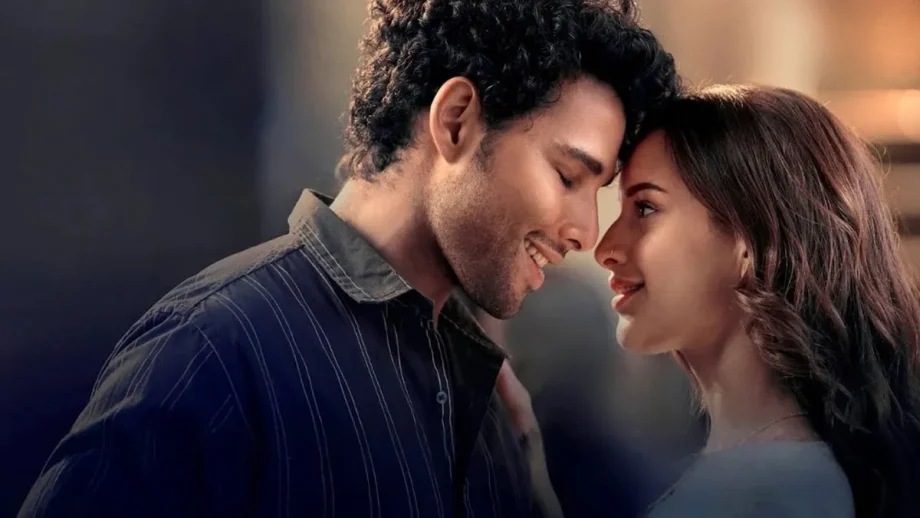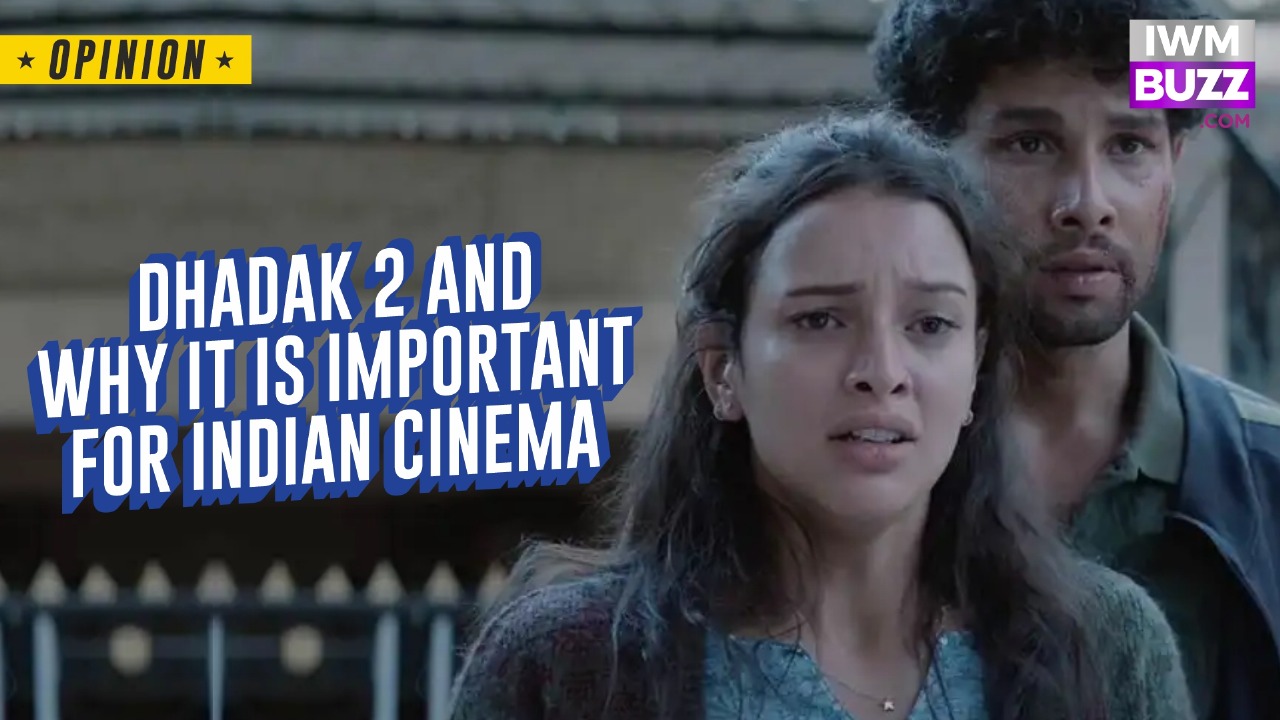Urbanisation might force you to believe that classism doesn’t exist anymore. That sleek cafés, high-rise apartments, and a growing digital economy have flattened the divide between people.
But step outside the curated convenience of urban life, and the truth becomes clear. The hierarchy is still there — hidden, persistent, and deeply rooted. Dhadak 2, set to release on August 1, isn’t just a romantic drama. If the trailer is anything to go by, it’s a film that dares to look directly at this reality and speak its name.
Directed by Shazia Iqbal, Dhadak 2 introduces us to a new pair of lovers: Siddhant Chaturvedi and Triptii Dimri. Their story is about everything that stands in the way of love in India. The trailer suggests a film built around tension, restraint, and raw emotion. Siddhant’s character seems shaped by quiet resistance, carrying the burden of being told where he belongs and who he’s allowed to love. Triptii’s role appears equally complex, torn between the weight of family loyalty and the ache of a love that doesn’t fit within social expectations.

Unlike many romantic films that skim the surface, Dhadak 2 seems ready to confront uncomfortable truths. It steps directly into the conversation around caste and class, and how those forces continue to dictate who gets to love freely, and who doesn’t. This isn’t subtle messaging. The trailer alone carries enough quiet urgency to suggest that this film is not afraid to dig into the structural forces that shape personal lives.
In a world increasingly obsessed with visual perfection and packaged stories, Dhadak 2 feels grounded, intimate, and unafraid. The direction appears confident and clear-eyed, the cinematography understated but powerful. And while the first Dhadak faced criticism for diluting the rawness of Sairat, this time the tone is different. It’s heavier. More deliberate. More honest.
Classism in India is often invisible to those who don’t have to face it. But it exists — in where you’re born, in what language you speak, in who’s considered “suitable” for you. The urban elite might pretend it’s a thing of the past, but for millions, it defines their everyday choices. What Dhadak 2 seems to do is bring this truth to the forefront, not in the form of a lecture, but through a deeply human story.
Even before its release, Dhadak 2 is already important. Not because it promises box-office success or glossy escapism, but because it might start the kinds of conversations that mainstream cinema often avoids. It suggests that love can still be dangerous in India, not because of the people involved, but because of the system around them.
If the film lives up to what the trailer sets in motion, Dhadak 2 could be more than just a sequel. It could be a mirror held up to the society we’re often too polite to question. And that, in itself, makes it one of the most essential films to watch this year.

